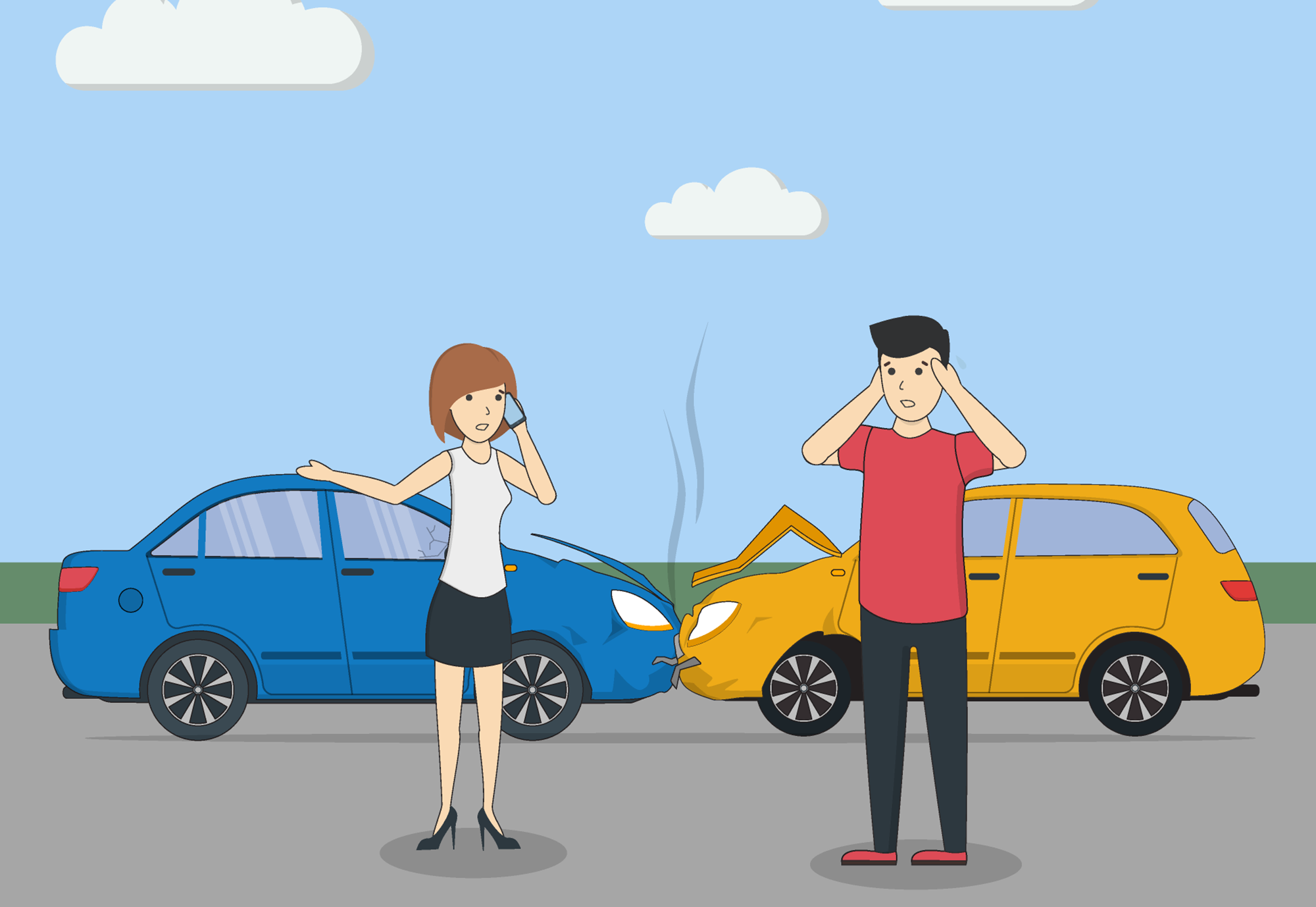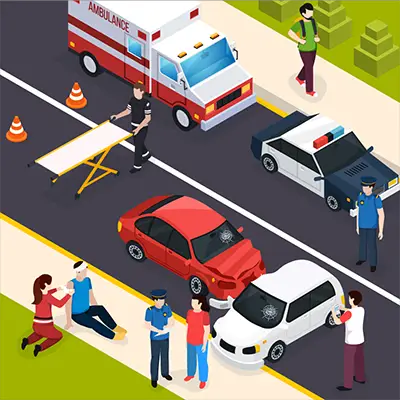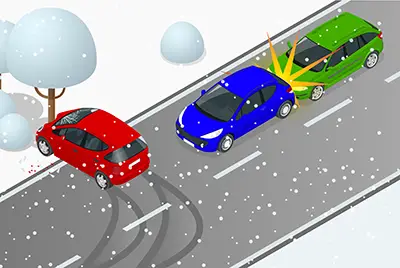Steps to Take If You are Involved in a Car Accident
Becoming a car accident victim is one of the most traumatizing events you will ever go through, and the results of the crash can be both serious and long-lasting. Even if you are not seriously injured as a result of the crash, the resulting fear and pain can be debilitating. If you are seriously injured, the damage can be far worse, and it could take months or even years to recover from your injuries – if you are able to recover at all.

If you find yourself involved in an auto accident, it is important to take the right steps – and to do it without delay. It is easy to let your fear, anger and trauma interfere with your good sense and reason, but it is important to keep your wits about you and follow the appropriate steps. There is no set script for car crash victims, but there are some common sense actions anyone involved in an accident should take.
First and foremost, you should determine if you are injured, and if there are any injuries to the other parties involved in the crash. It is normal for everyone to be a bit shaken up, but determining the extent of any injuries should always be your first step.
 If anyone has been seriously injured, you will want to call for medical assistance right away. You should seek medical help even if you are not sure you have been seriously injured, since the soft-tissue damage that often results from car crashes is not always immediately evident.
If anyone has been seriously injured, you will want to call for medical assistance right away. You should seek medical help even if you are not sure you have been seriously injured, since the soft-tissue damage that often results from car crashes is not always immediately evident.
Hopefully no one has been seriously injured, and if so, you can get on with the rest of the process. You may be tempted to place blame or find fault in what just happened, but it is best to hold your tongue and keep your mouth closed regarding who was at fault or exactly what happened. It is the job of the accident investigators, local police and insurance adjusters to determine what happened and who was at fault.
Until the relevant investigations are over and the percentage of fault has been determined, it is best to stick to the facts. Ask the other driver for their insurance information, and offer your own insurance card in return. Be sure to write down all the information on the card, from the policy number and the driver’s full name to the name of the insurance company and their contact information.
You should also be sure to document the scene carefully, both visually and in writing. Take pictures of the damage to both vehicles, including close-up shots of any dents and longer shots of the entire car and the damaged area. You should also use your camera, or your smartphone, to photograph the surrounding area, including the locations of any traffic lights, stop signs and directional markers.
 The photos you take will also help to document the weather conditions at the time of the crash. Things like ice, snow and fog can make traffic accidents more likely, and those mitigating factors could play a major role in determining fault and assigning blame.
The photos you take will also help to document the weather conditions at the time of the crash. Things like ice, snow and fog can make traffic accidents more likely, and those mitigating factors could play a major role in determining fault and assigning blame.
The photographs you take at the accident scene will be important, but you should not rely on them alone. Take the time to jot down some notes about the accident, the weather conditions, the area where the crash occurred and the actions of the other driver. If you have reason to believe the other driver is under the influence of drugs or alcohol, or that they were texting at the time of the crash, your notes should reflect that suspicion.
If you feel the other driver is drunk or under the influence, or if you believe they were violating the law by texting and driving, you should contact the local police and ask them to the take a statement. The police officer can examine the other driver, take statements and help you understand your rights.
Once you have taken care of the immediate aftermath, exchanged information with the other driver and documented the scene, it is time to contact your insurance company. Many insurance firms now allow policyholders to begin their claims right from their smartphones, so if you have the app, you can send your photos on their way. Be sure to follow up, however, with additional documentation, including the notes you took and any police reports that have been prepared.
It is important to protect your rights in a car crash, and that means taking the right steps. Despite the trauma and pain, it is important to take a methodical approach in the aftermath. The actions you take now can make a big difference later, so make sure you make the right moves and protect yourself and your interests.
